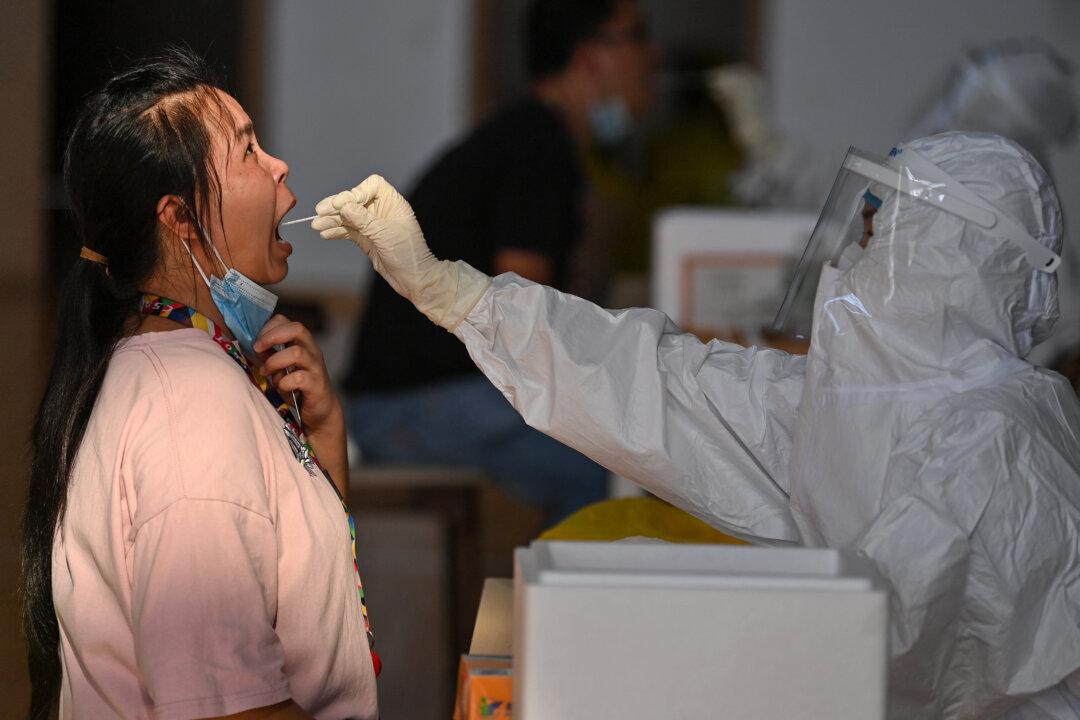China announced its highest daily infections of new COVID-19 patients on Aug. 6, in the current outbreak that was first reported on July 20.
Officials blamed the latest clusters mainly on the highly transmissible Delta variant, ordered residents in the cities that have outbreaks to line up for mass tests, restricted people’s movement, and locked down residential compounds, neighborhoods, and communities one after another.





